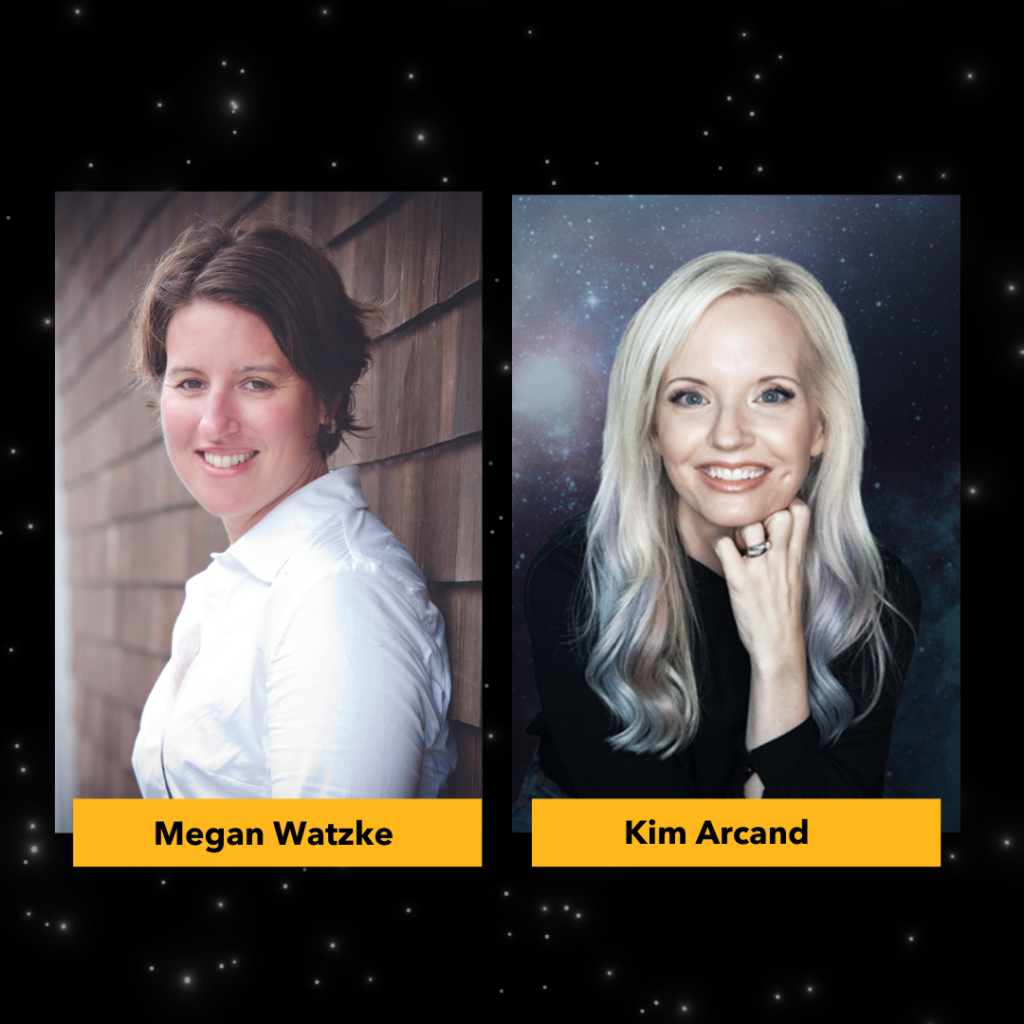If you’re really curious about this photo, keep reading! My name is Nysha, I’m 25 years old, I have a retinal disease called Stargardt’s and this is what I see when I look in the mirror. Stargardt’s is a juvenile form of macular degeneration characterized by a slow and progressive loss of central vision. For many of us, we begin to loss our vision very slowly at first. Then we might experience a period of more rapid vision loss. Eventually, it is expected that our vision loss will plateau.
I was born with 20/20 vision and had that luxury for many years. At the age of 19 (my junior year in college), I began to notice that my sight was being challenged and something just wasn’t right. I’ve been living with Stargardt’s since then, and this is an account of what my vision is now like.
One thing I’ve learned for certain is that “20/400” does not tell you enough about a person’s vision. I was 20/400 at my last eye exam (I’m six months overdue for an exam, sorry!) and I don’t know what my visual acuity is at the moment. That’s my point. This number doesn’t give us much understanding as to what I see. What matters is the size and shape of my blind spot and my sensitivity to lightness and darkness.
I think the best way for me to explain what I see nowadays is through pictures. They wont be perfect representations, but very close to it! I’ll show what most people see in one photo and then I’ll show what I see looking at the same photo. Please read the explanations to understand it properly.
READY?!
Imagine this is I looking into a mirror. Most people can look at any point in the mirror and see a detailed image like this:

When I look directly at my face I see this (only look directly at the blur):

So what if I want to actually see my face? Then I will look away from my face at a place nearby. This place disappears and then I can see my face in my peripheral vision as I continue to gaze into the blind spot. But here’s the challenge: PERIPHERAL VISION IS NOT DETAILED. You cannot just see the details of the rest of the picture by looking around and ignoring the blur. If you looked away from the blur to see my face or hair, you used your central vision. Try to see my face while staring at the blind spot because I can never look around my blind spot. You can do it! Try zooming in!

I usually look above and left/right of anything I want to see in my peripheral vision. So technically I would put my blind spot right above the “A” in the photo to look at my own face. It’s just a personal preference or natural adaptation I acquired over the past 6 years.
I also want to remind you that this description is of my personal experience with Stargardt’s Disease. The blindness associated with Stargardt’s and other retinal diseases can vary from person to person and be very similar or very different from mine. This is a very accurate description of MY eyesight at this point in my journey living with macular degeneration!



